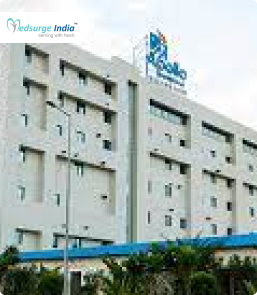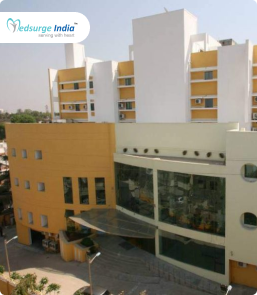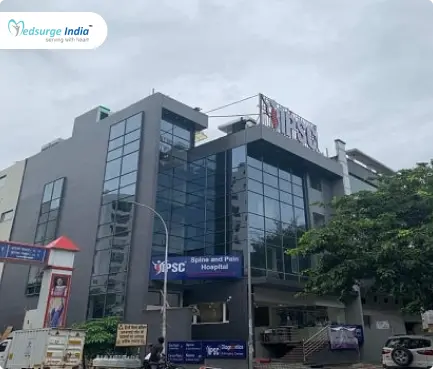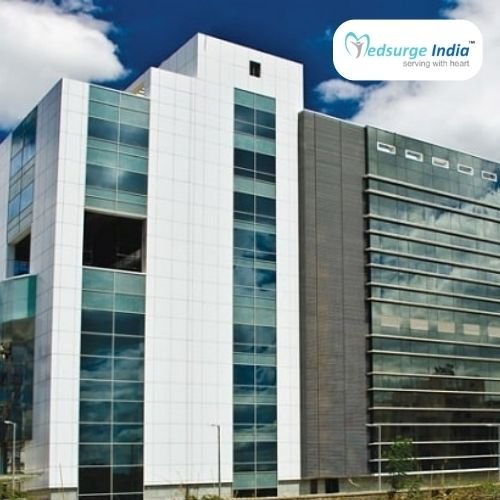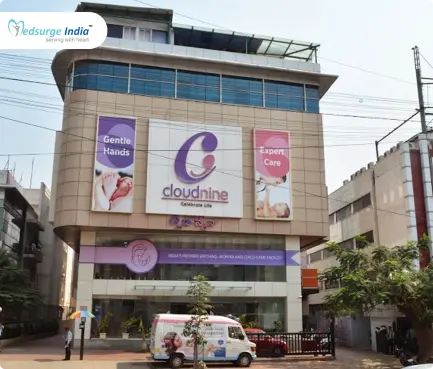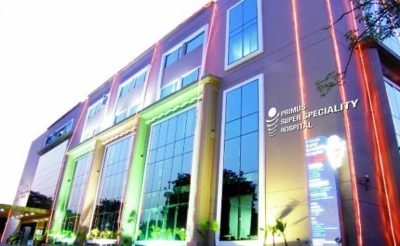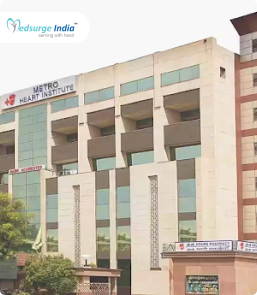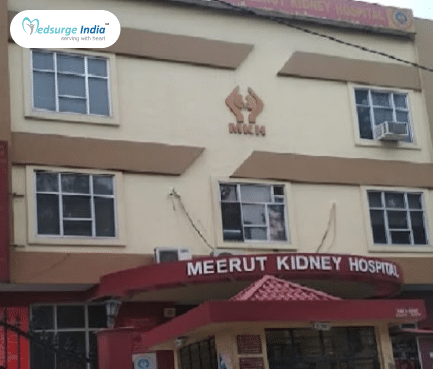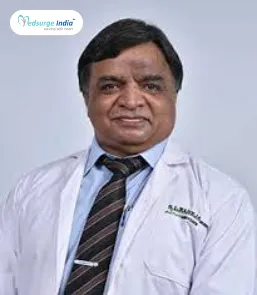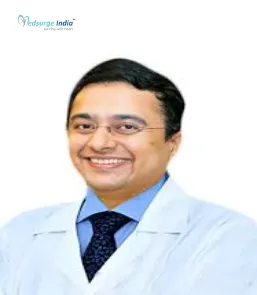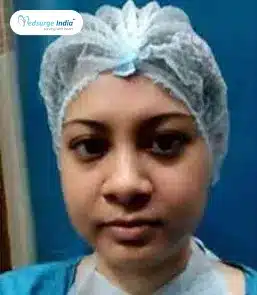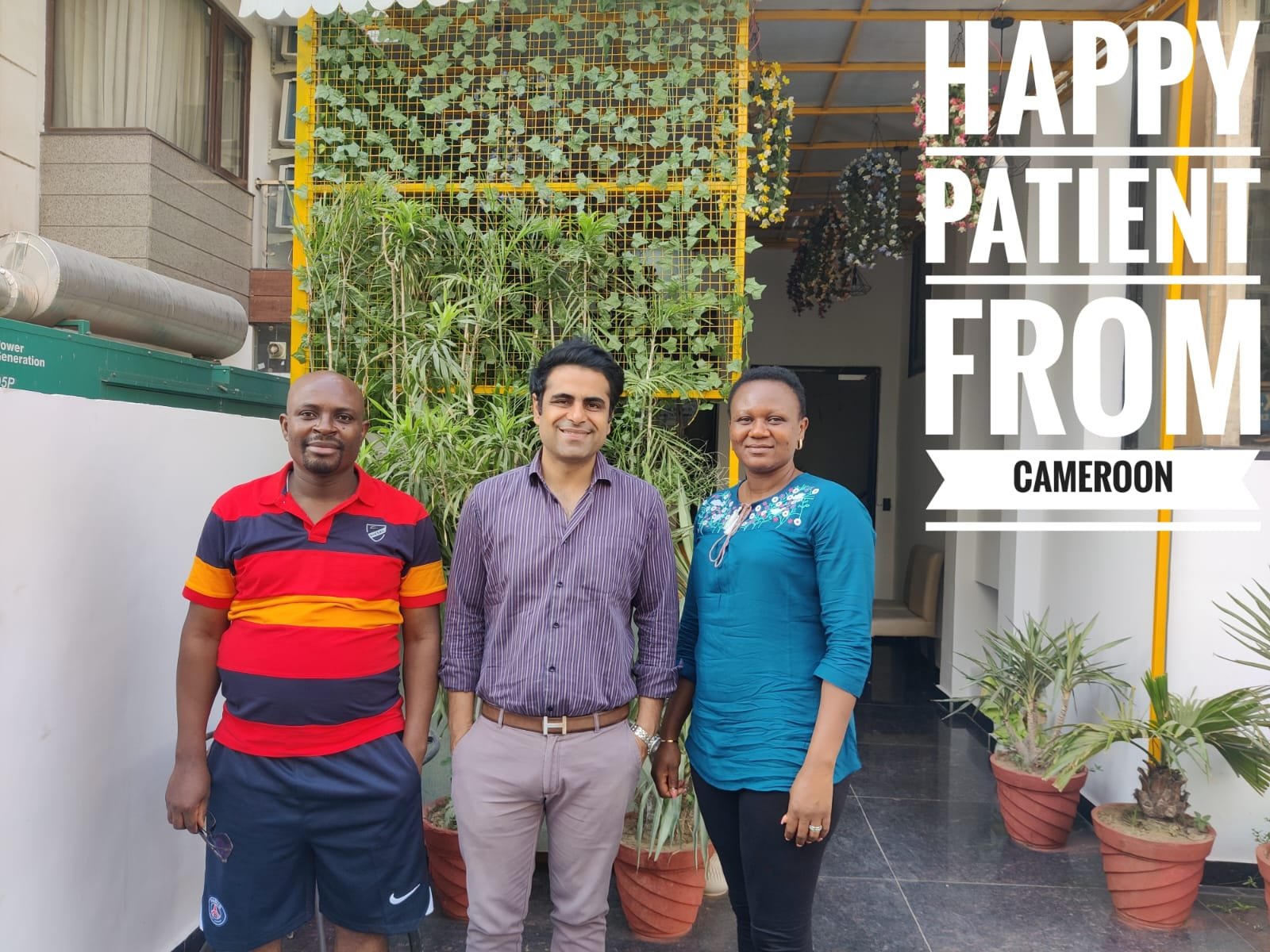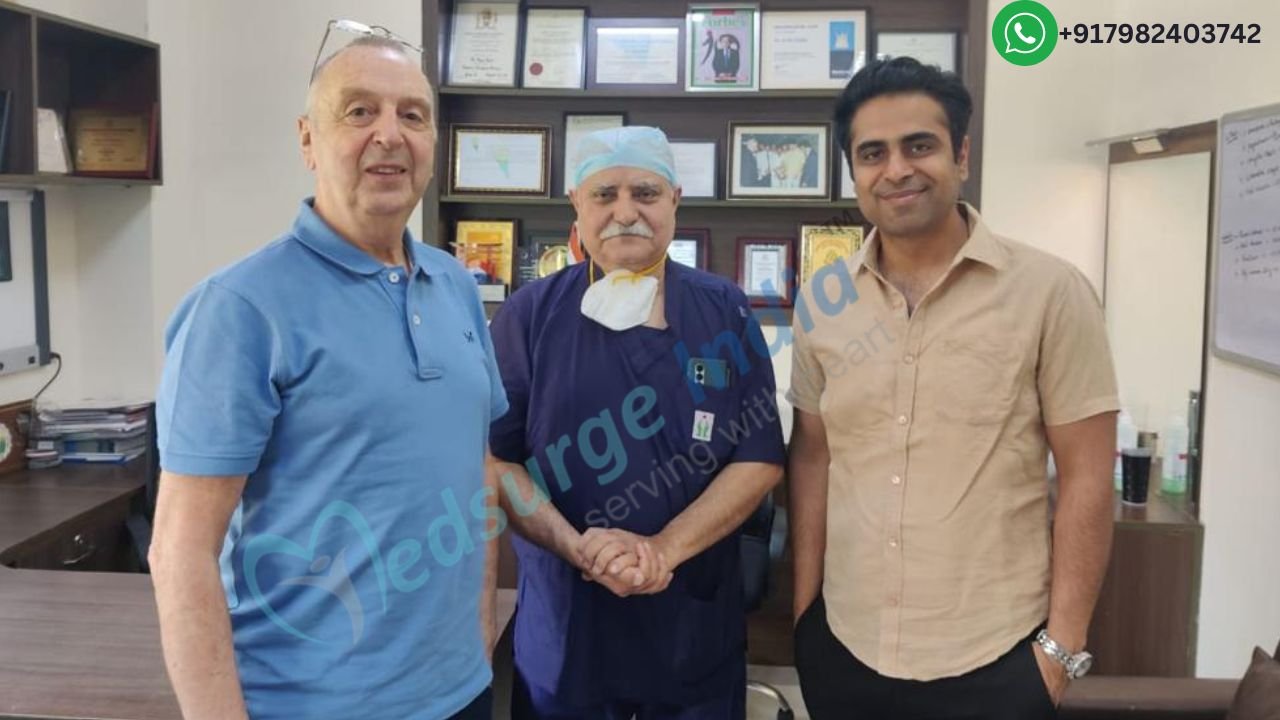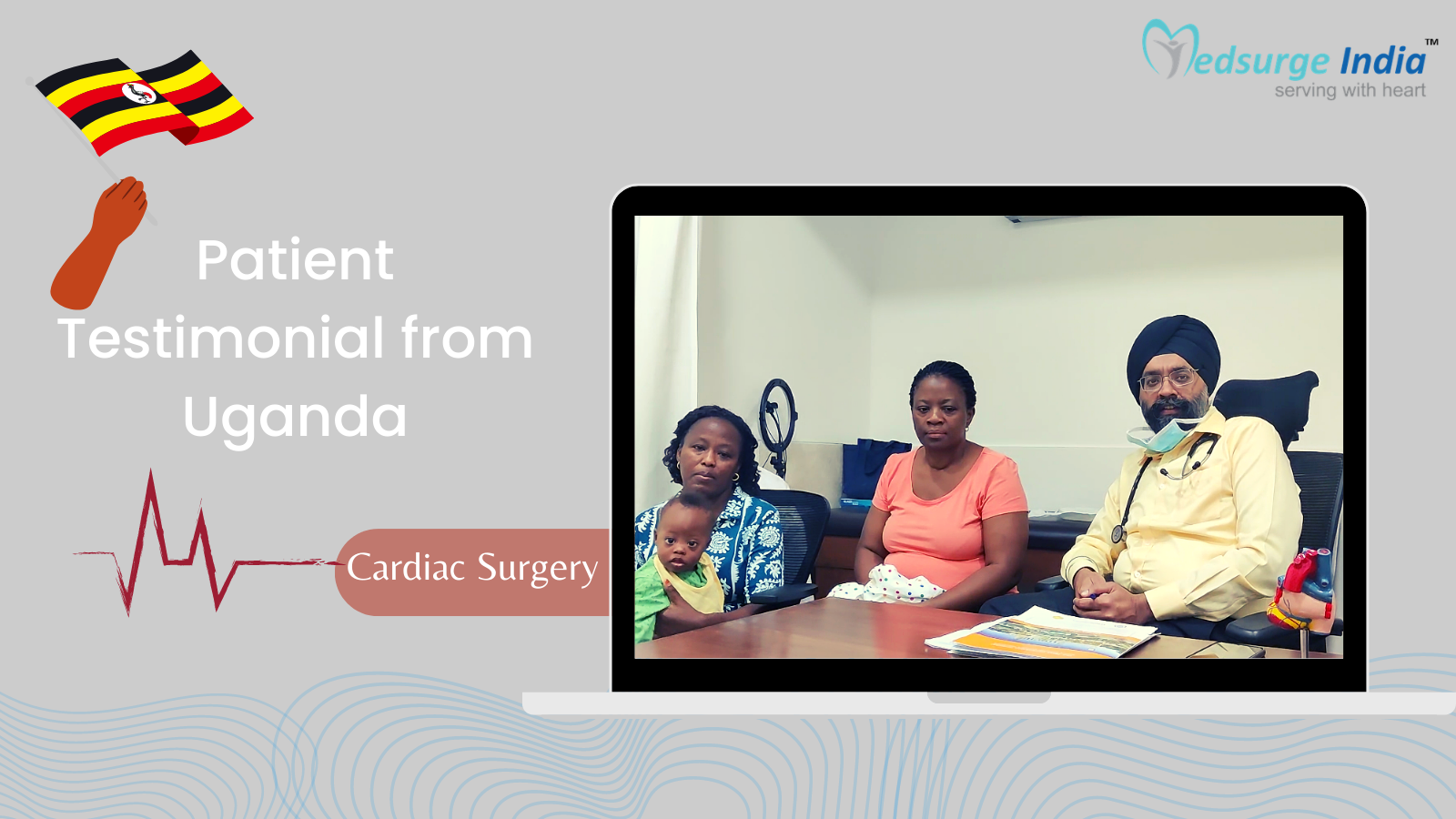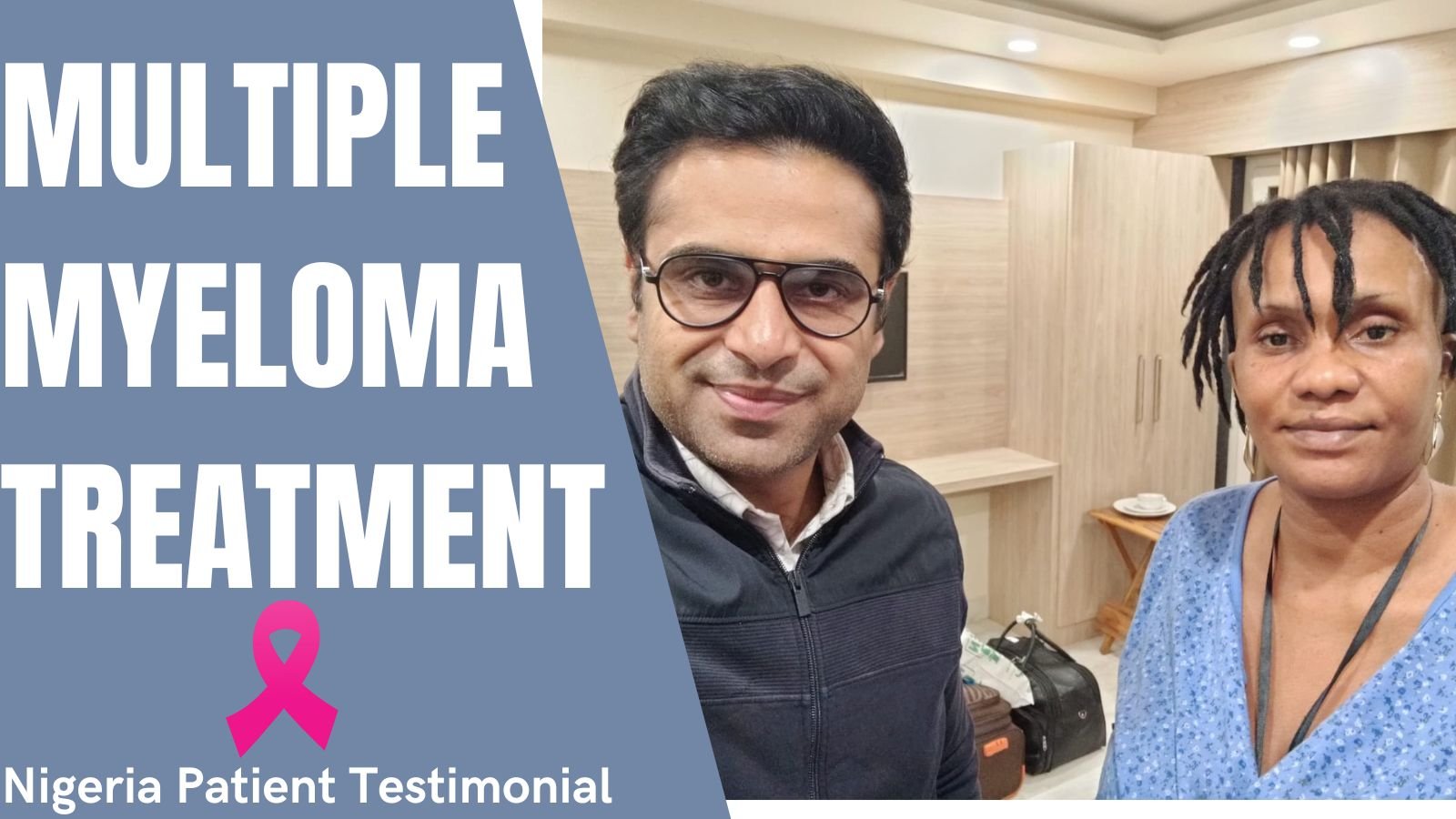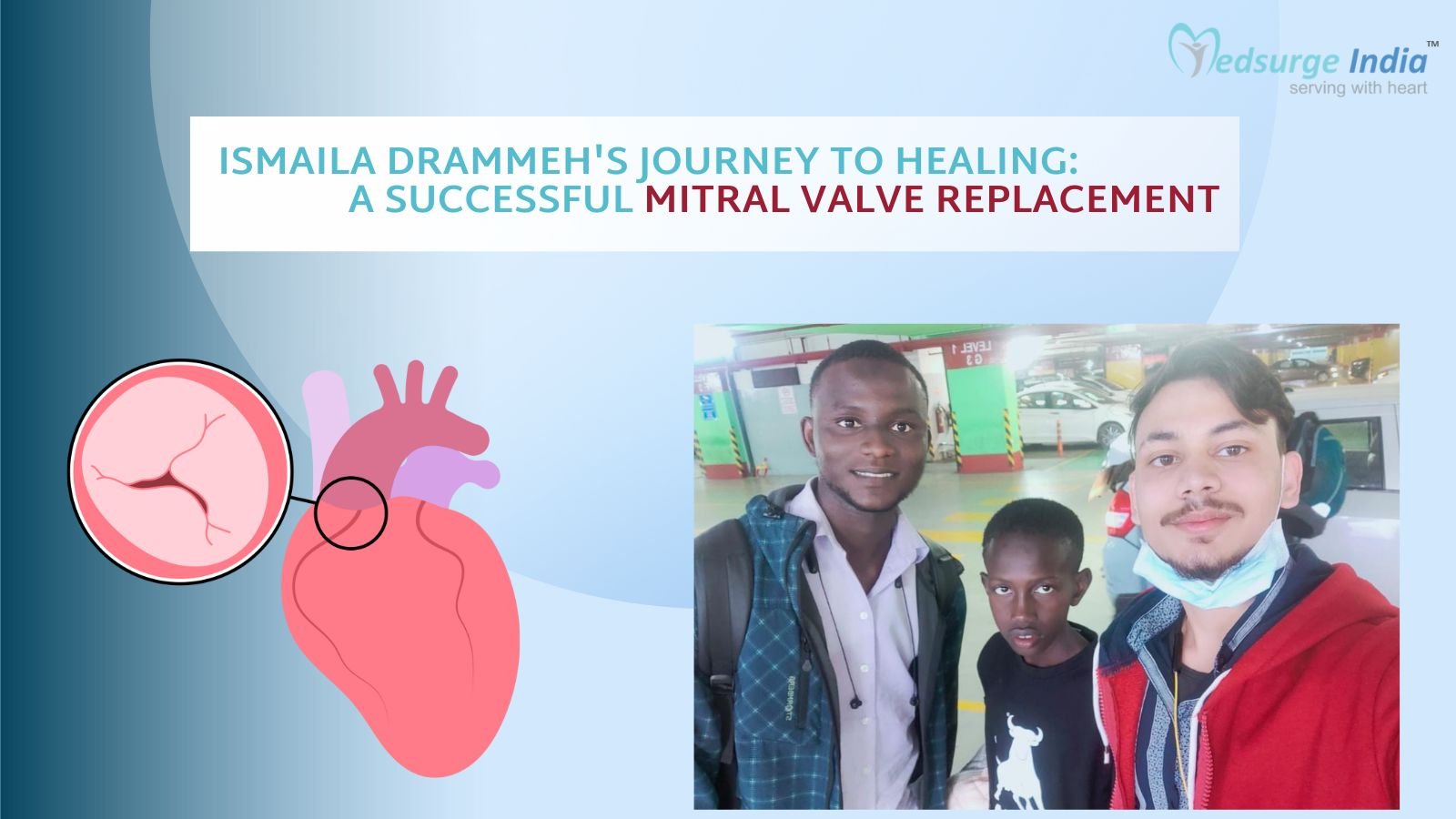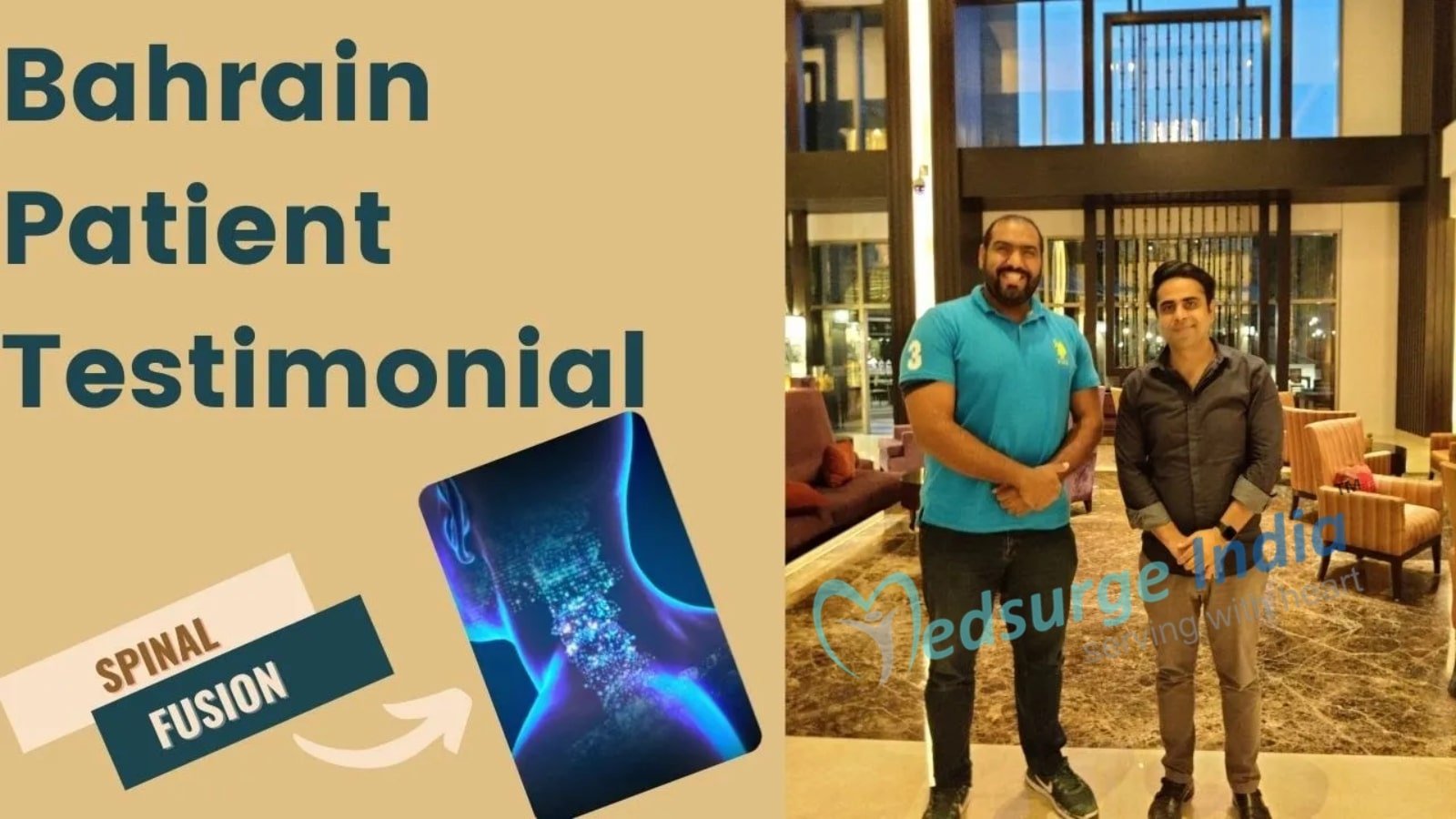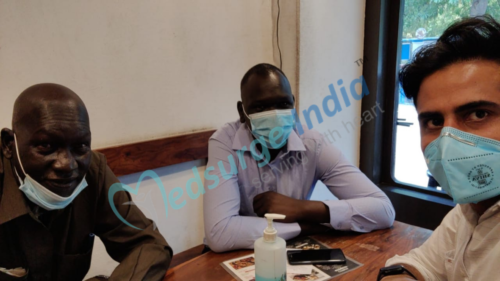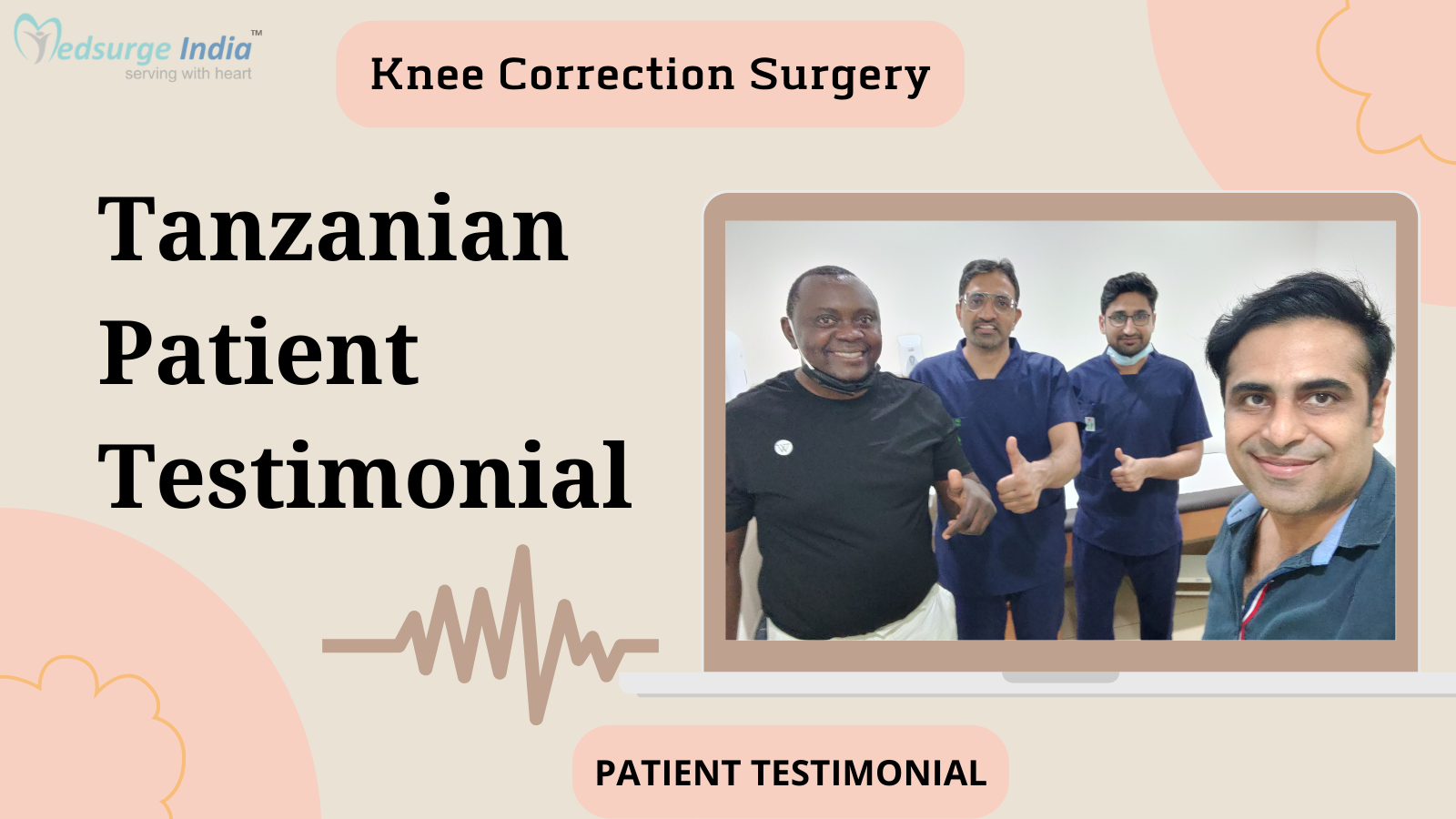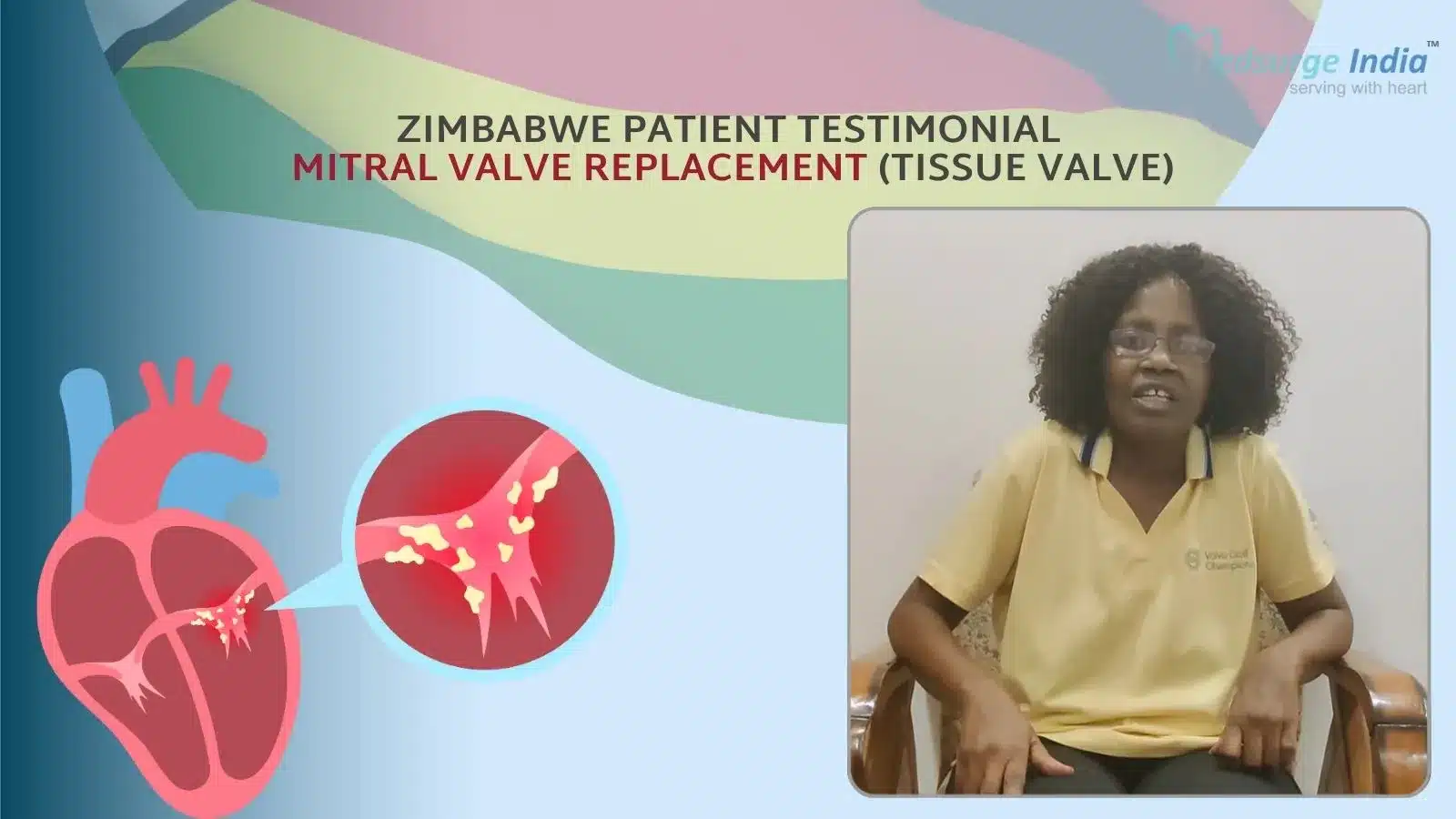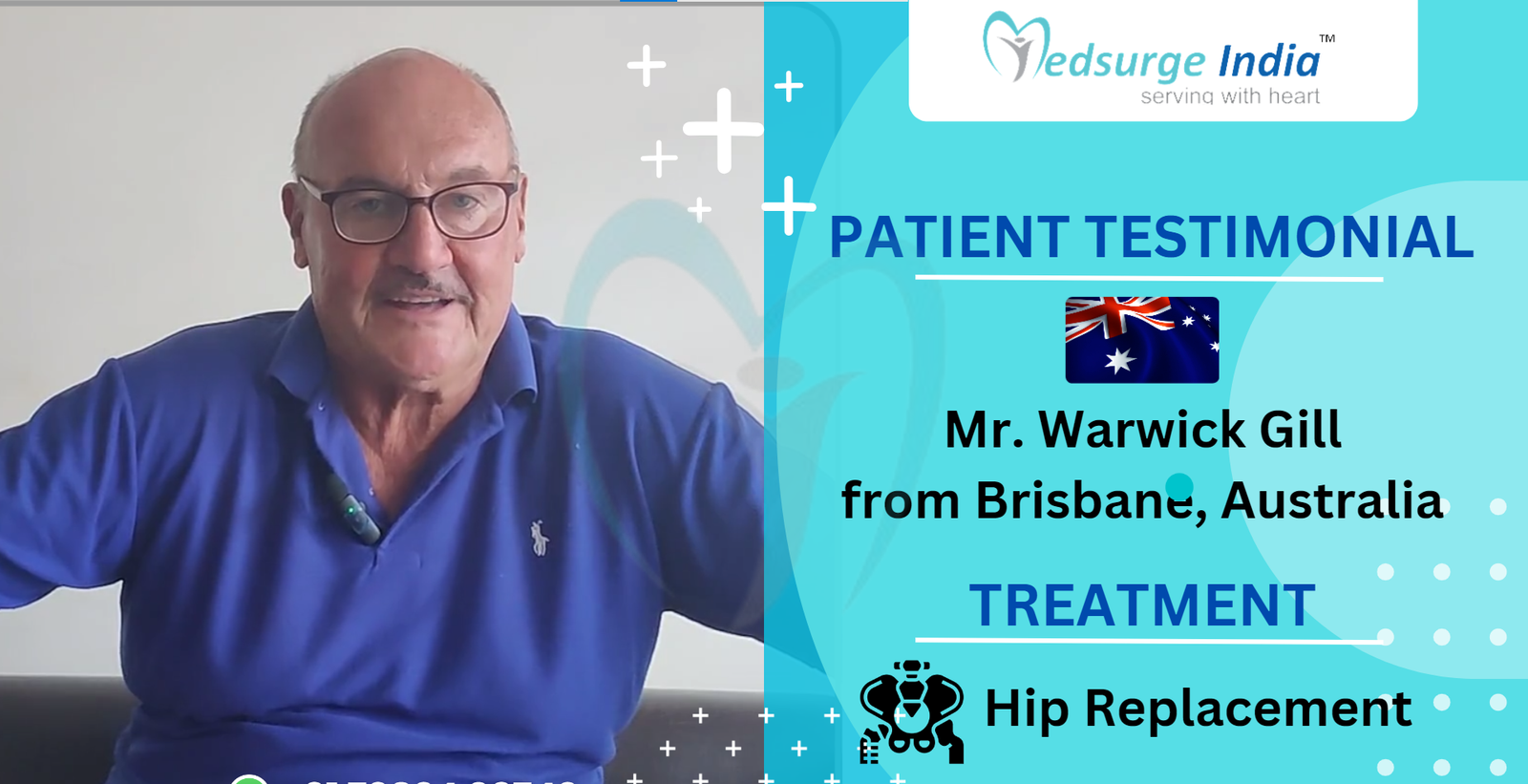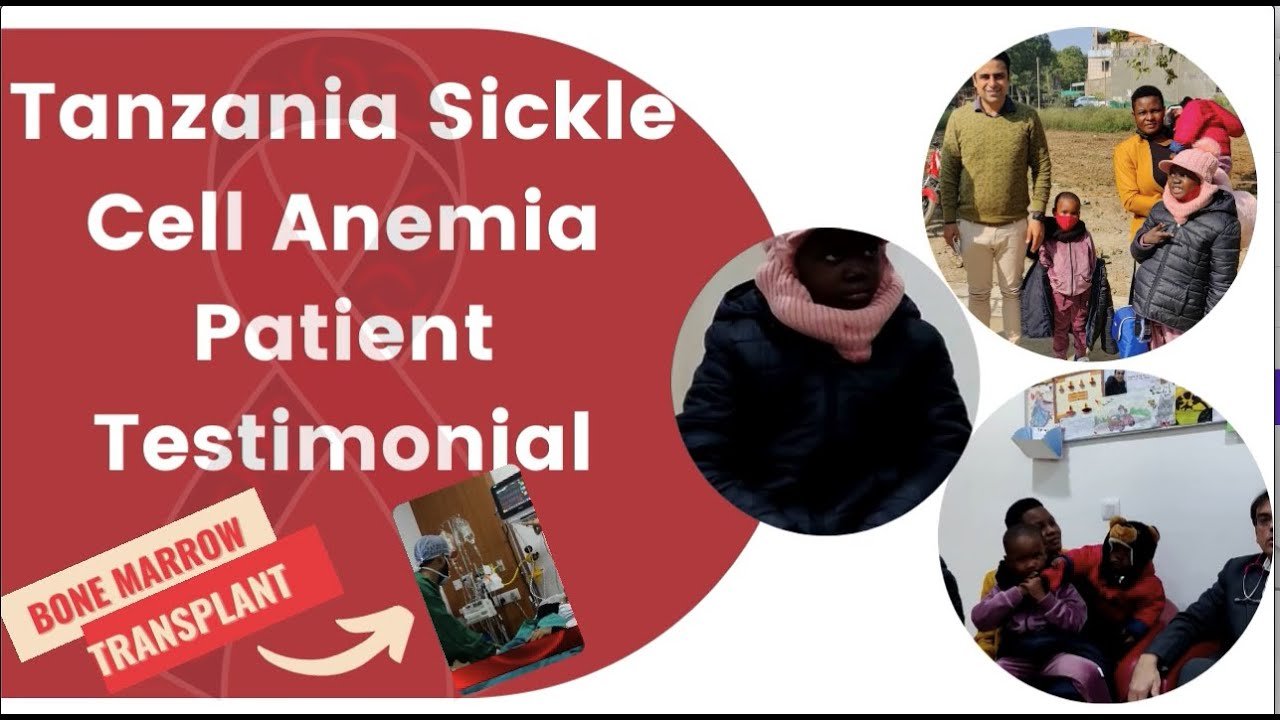
Calf augmentation with implants is a cosmetic surgical technique that improves the contours of the lower leg by enhancing, reshaping, and better defining them. The size, form, and proportion of the calves can be influenced by a variety of circumstances. The shape is determined by both muscle development and fat distribution, with the latter being more important in women. Ethnicity and genetics play a role in calf form. When people with long legs and short gastrocnemius muscles, the big muscle that makes up the bulk of the calf may be positioned too high and unable to develop appropriately.
Calf Implant Surgery Cost in India is attempts to replicate the shape and volume of the gastrocnemius muscle. This is the most superficial muscle in the rear of the calf and the most straightforward to replicate with implants. After the implants are placed, you will notice improvements in the front, rear, and both sides of your legs. The upgrades on the sides can also be seen from the front. When it comes to calf forms and sizes, the proportions of the calf to the leg, as well as most other sections of the human body, confirm the classic golden ratio or golden proportion. The symmetry of the two legs is also important.
What Are Calf Implants?
Calf implants are a plastic surgery treatment that improves body contouring and symmetry by changing the appearance of the lower legs. To achieve the most natural appearance, two different implants are often inserted in the inner and outer calf to resemble the gastrocnemius muscle (calf muscle).
Gel or solid silicone implants are available. Solid silicone implants may be felt beneath the skin surface, but silicone gel implants have a higher risk of capsular contracture.
Calf implants can be placed sub muscularly or subfascial. Subfascial implants are less invasive and recuperate faster, but they are more likely to become perceptible over time. Submuscular implants are more complicated and take longer to place, but they are more likely to stay in place.
For a more dramatic appearance, some bodybuilders may choose asymmetric calf augmentation surgery with asymmetric implants. A consultation with a plastic surgeon can help establish the best implant type and calf implant surgery insertion approach for a given patient.
A good candidate for a calf implant is someone who is in generally good health, exercises regularly, wants to tone and define their lower leg, or wants to rectify muscular imbalances caused by physical or congenital problems. Calf implants are not advised for people who have a lot of scar tissue, have poor blood flow in their legs, or have certain chronic medical issues.
Calf Implant Cost in India
Calf implant cost in India starts from USD 3000. Cost varies based on the surgical method used, the kind of implant, the surgeon, the facility, and the city in which the procedure is performed.
The price listed above is an estimate and shouldn’t be interpreted as the whole cost of the procedure. Further fees may be incurred depending on a number of variables of the treatment.
Calf Implant Cost in Different Cities in India
| Cities | Starting Prices |
| Delhi | USD 3000 |
| Mumbai | USD 3200 |
| Kolkata | USD 3000 |
| Hyderabad | USD 3000 |
| Chennai | USD 3000 |
| Gurgaon | USD 3200 |
| Noida | USD 3000 |
| Bangalore | USD 3300 |
Reminder: Note that the given amount that is given is the price that applies to the treatment; further fees may be incurred depending on a number of variables as the cost and treatment options for Calf Implant Cost in India may differ based on the patient’s preferences and other factors.
Factors That Can Affect Calf Implant Cost in India
There are several factors that can affect the cost of Calf Implant in India Here are some of the factors that can affect Calf Implant Cost in India:
- Medication costs: Ceratin medication can influence the overall cost of the treatment.
- Patient Condition: The complexity of the patient’s overall health can affect the duration of treatment, impacting the cost.
- Duration of treatment: Longer treatment courses can prolonged medication regimens lead to higher cumulative costs.
- Geographical location: Cost can vary widely depending on the region in India.
- Hospitalization expenses: The length of hospital stay and the level of nursing care required by the patient can add to the treatment expenses.
- Government policies and subsidies: Government healthcare schemes and subsidies can reduce out-of-pocket expenses for patients, affecting the affordability of the treatment.
- Medical tourism packages: Curated packages for international patients can include various services at a bundled cost, influencing the overall expense of treatment in India.
- Hospital reputation and infrastructure: Prestigious hospitals with state-of-the-art facilities may charge more for their services.
- The expertise and experience of medical professionals: Cosmetic or Plastic surgeons with extensive experience and recognition often command higher fees, contributing to the treatment cost.
- The type and frequency of diagnostic procedures: Regular monitoring through advanced imaging and laboratory tests can increase treatment costs due to the high price of these diagnostic methods.
- The choice of treatment modality: Opting for newer and more advanced treatment can cause the cost of the treatment.
For Calf Implant Cost in India, the country offers exceptional medical services and facilities to patients who come for treatment. Furthermore, the facilities in India rival those of well-known healthcare centers worldwide. Accommodation, meals, and transportation expenses are also covered.
How Does Calf Augmentation Work?
Calf implants are performed using two surgical techniques: submuscular and subfascial calf augmentation. Submuscular augmentation entails establishing a compartment beneath the calf’s primary muscles in fibrous sheets of tissue. The subfascial augmentation operation, on the other hand, creates a pocket between the muscle and the fascia beneath the skin.
The implants are covered by tissue under the skin or muscle fibers using these procedures, resulting in a pleasant, natural-looking, and cosmetically attractive result.
The operation begins with a skin incision in the rear of the knee crease and the creation of a pocket in the calf tissue. The implant will then be gently inserted and placed within the pocket by your surgeon. Sutures or surgical adhesive will be used to close the incisions, and bandages will be placed.
Get Free Cost Estimation
Procedure
How is Calf Augmentation Procedure is Performed?
Before the Procedure:
The patient has:
- The surgeon evaluates the patient’s medical history and physical condition.
- Blood and radiological examinations are performed on a regular basis.
During the Procedure:
- Local anesthetic or general intravenous sedation can be used to accomplish the surgery.
- During the operation, there will be no discomfort.
- Behind the knee, a four-centimeter incision is made.
- The fat beneath the skin, as well as the superficial and deep connective tissue (fascia), is dissected.
- A silicone implant, either standard or custom-made, is implanted flat against the muscle.
- Sutures and dressings are applied to the wound.
After the Procedure:
- Antibiotics and pain relievers may be prescribed.
- For 12 to 14 hours, bed rest is recommended.
- Rest with your legs up and your knees straight.
- Patients are usually released within 24 hours of surgery.
- The dressing should be worn for at least seven days.
- Pressure stockings may be required for five weeks after seven days to give support for the implant and keep it pushed against the muscle.
- After 24 hours, patients are able to move and care for themselves.
- After seven days, patients can resume brief walks and light work.
- For the next three weeks, avoid standing for long periods of time or moving heavy objects.
- After eight to ten weeks, patients can resume exercise and sports.
- Following a discussion with the surgeon, patients can return to employment dependent on the nature and needs of the job.
- Scars usually heal quickly and become barely visible over time.
What Are the Risks and Side Effects of Calf Implants Surgery?
Calf augmentation is a relatively safe treatment with a low rate of complications and a low rate of mortality. There are hazards associated with every surgery, the majority of which resolve on their own or with therapy.
The following are some potential complications:
- Pressure difficulties might occur as a result of a tight dressing or massive implants, which can cause considerable pain.
- Swelling
- The term “necrosis” refers to the process of (tissue death)
- Sloughing of the skin (loss of skin)
- Hematoma is a type of hemorrhage (collection of blood-forming a blood clot)
- Seroma is a term that refers to a (collection of fluid)
- Edema is a condition in which the body’s (swelling due to inflammation)
- Infection
- Temporary loss of sensation around the operative site.
- Scar thickening, keloid development, or hyperpigmentation are all examples of scar thickening (darkening of the skin)
- Implant edges may be visible, impacting cosmetic appearance.
- Implant-related long-term complications
- There is a risk of hardening surrounding the implant because it is a foreign material to the body.
Conclusion
The appearance of the calves and lower legs is improved immediately and permanently after a calf implants treatment. Liposuction of the knees and ankles may be required to refine and clarify the results even further.
The recovery time for calf implants is a few weeks, however, it varies depending on where the implants are placed. Those who choose a submuscular implant might expect a longer healing time than those who choose a subfascial implant. Walking will be challenging for the first few weeks. Legs should be lifted as much as possible. Within two to four weeks, the majority of candidates are back to work and light activities.
The Most Important Frequently Asked Questions
Q: Can You Walk After Calf Implant?
A: Calf implant surgery, like any other surgical operation, will necessitate some recuperation time. Because your legs will be stiff and tight for the first few days, you may need assistance doing tasks like walking to the bathroom.
Q: Are Calf Implants Painful?
A: Patients frequently endure pain and discomfort following calf implant surgery. Calves that are sore, stiff, and swollen are to be expected. Also, don’t be surprised if you notice bruises on the incision areas’ surface.
Q: How Long Does a Fat Transfer to Calves Last?
A: Because a certain percentage of cells do not survive, surgeons frequently slightly overfill the targeted area. The fat cells that remain should be permanently developed and last a lifetime after roughly six months. It’s crucial to keep in mind that time passes and you’ll continue to age.
Q: Do Bodybuilders Get Calf Implants?
A: Calf augmentation, which involves the use of calf implants, is a surgical technique that improves the overall ‘look’ of the lower leg. Even the most traditional bodybuilders are receiving calf implants nowadays to help them attain what years of training have eluded them.
Q: Does Fat Transfer Cause Lumps?
A: Complications such as fat necrosis, oil cysts, and calcifications resulting in hard masses or lumps in the breasts have increased as the number of fat grafting procedures performed has increased.
Top Hospitals for Calf Implant in India
Top Doctors for Cosmetic And Plastic Surgery
Dr. Amar Raghu Narayan G
Senior Consultant
Experience: 22 years of experience
Continental Hospitals, Hyderabad
Hyderabad, India
Dr. Dinkar Sood
Consultant
Experience: 15 years of experience
Manipal Hospital Formerly Columbia Asia Patiala
Patiala, India
Dr. V. B. Narayanamurthy
Senior Consultant
Experience: 36 years of experience
Kauvery Hospital, Alwarpet, Chennai
Chennai, India
Dr. Biswajit Mondal
Experience: 10+ years of experience
Narayana Multispeciality Hospital, Barasat, Kolkata
Kolkata, India
Dr. Sasikumar
Consultant
Experience: 10 years of experience
Apollo Cosmetic Clinic, MRC Nagar
Chennai, India
Dr. Charu Sharma
Senior Consultant
Experience: 15 years of experience
Gorzeous Looks Cosmetic / Plastic Surgery & Hair Transplant Centre
NewDelhi, India
Dr. Anil Behl
Director
Experience: 40 years of experience
Fortis Memorial Research Institute, Gurgaon
Gurgaon, India
Dr. Sarabarni Biswas
Consultant
Experience: 10 years of experience
Ruby General Hospital, Kolkata
Kolkata, India
Dr. Arvind G. Patel
Consultant
Experience: 12 years of experience
Kiran Multi Super Speciality Hospital & Research Center
Surat, India
Dr. R Bharat
Senior Consultant
Experience: 25+ years of experience
Brahmananda Narayana Multispeciality Hospital, Jamshedpur
Jamshedpur, India
Dr. Kiranmayi Atla
Consultant
Experience: 15 years of experience
Indraprastha Apollo Hospital New Delhi
Faridabad, India
Dr. Nischal Naik
Senior Consultant
Experience: 20+ years of experience
Narayana Multispeciality Hospital, Rakhial, Ahmedabad
Ahmedabad, India
Dr. Sandeepan Mukul
Director
Experience: 24 years of experience
Fortis Escorts Hospital Jaipur
Jaipur, India

